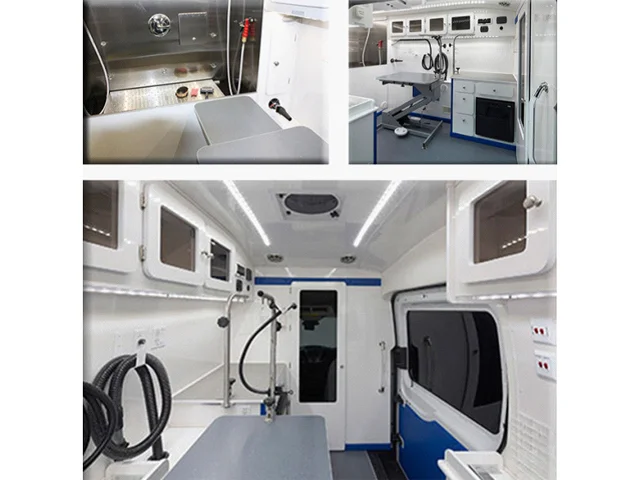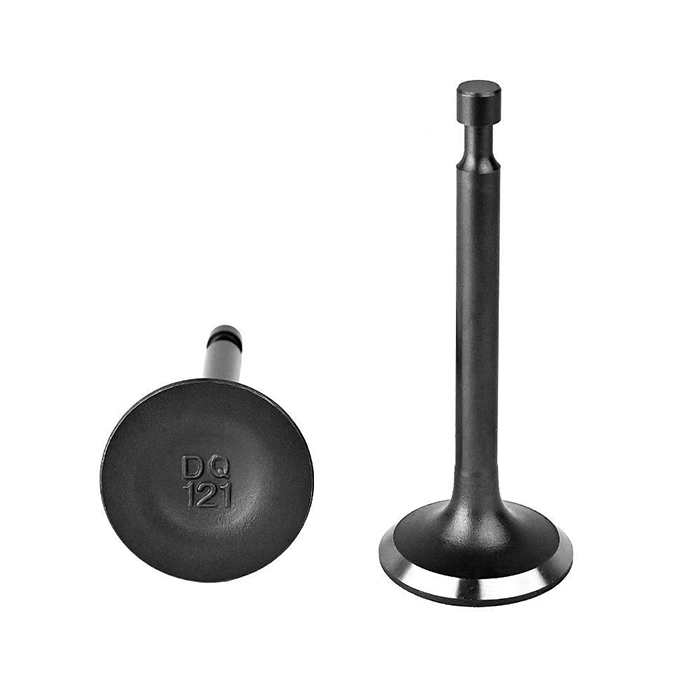In an era where budget-consciousness is paramount, understanding the cheapest models of transport is essential for both individuals and businesses. Whether you are a frequent traveler, a student on a budget, or a company looking to minimize logistics costs, knowing your options can lead to significant savings. This article delves into various modes of transport, evaluating their cost-effectiveness while considering factors such as distance, convenience, and environmental impact.
- Public Transportation: The Backbone of Affordable Travel
Public transportation remains one of the most economical options available. Buses, subways, and trams offer extensive networks in urban areas, allowing users to traverse cities at minimal costs.
- Cost Analysis: A monthly public transport pass can cost as little as $70 in major cities, providing unlimited travel. In contrast, owning a vehicle incurs expenses such as fuel, insurance, and maintenance, which can easily exceed $300 monthly.
- Environmental Impact: Public transport significantly reduces carbon footprints. According to the American Public Transportation Association, public transit saves the equivalent of 45 million metric tons of carbon dioxide annually.
- Bicycles: The Ultimate Low-Cost Transport
For short distances, cycling is arguably the cheapest and healthiest mode of transport.
- Initial Investment: While the upfront cost of purchasing a bicycle can range from $200 to $1,500, the long-term savings are substantial. With minimal maintenance costs and no fuel expenses, cycling can save users hundreds of dollars annually.
- Health Benefits: Beyond financial savings, cycling promotes physical health, reducing healthcare costs associated with sedentary lifestyles.
- Carpooling and Ridesharing: Sharing the Load
Carpooling and ridesharing services like Uber and Lyft have gained popularity as cost-effective transport solutions.
- Cost Efficiency: By sharing rides, individuals can split costs, making it cheaper than solo driving. For instance, a 30-minute ride can cost around $15, but with four passengers, the cost per person drops to just $3.75.
- Environmental Considerations: Carpooling reduces the number of vehicles on the road, leading to lower emissions and less traffic congestion.
- Long-Distance Travel: Budget Airlines and Trains
When it comes to long-distance travel, budget airlines and trains often provide the most economical options.
- Budget Airlines: Airlines such as Ryanair and Southwest offer fares as low as $30 for domestic flights. However, travelers must be mindful of additional fees for baggage and seat selection, which can inflate the total cost.
- Train Travel: In regions like Europe, train travel can be both economical and scenic. Rail passes, such as the Eurail Pass, allow unlimited travel across multiple countries, often at a fraction of the cost of flying.
- Emerging Options: Electric Scooters and E-Bikes
The rise of electric scooters and e-bikes has introduced a new dimension to affordable transport.
- Cost-Effectiveness: Many cities offer scooter-sharing programs, charging users by the minute. The average cost is around $1 to unlock and $0.15 per minute, making it a viable option for short trips.
- Convenience: E-bikes, while more expensive upfront (ranging from $600 to $3,000), provide a cost-effective solution for commuting, especially in hilly areas where traditional cycling may be challenging.
Conclusion: Choosing the Right Model for Your Needs
Determining the cheapest model of transport depends on various factors, including distance, frequency of travel, and personal preferences. Public transportation, cycling, carpooling, budget airlines, and emerging electric options each present unique advantages that cater to different needs.




